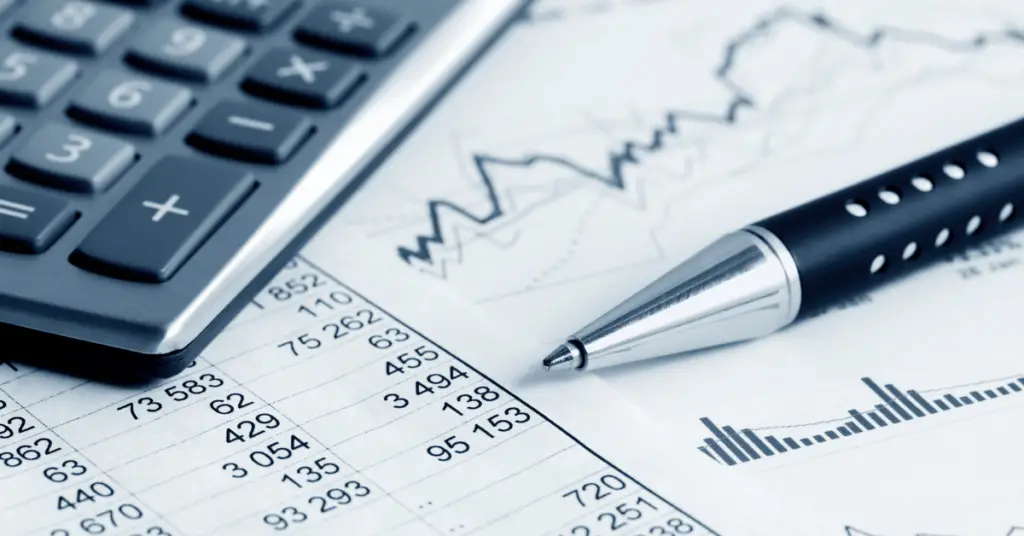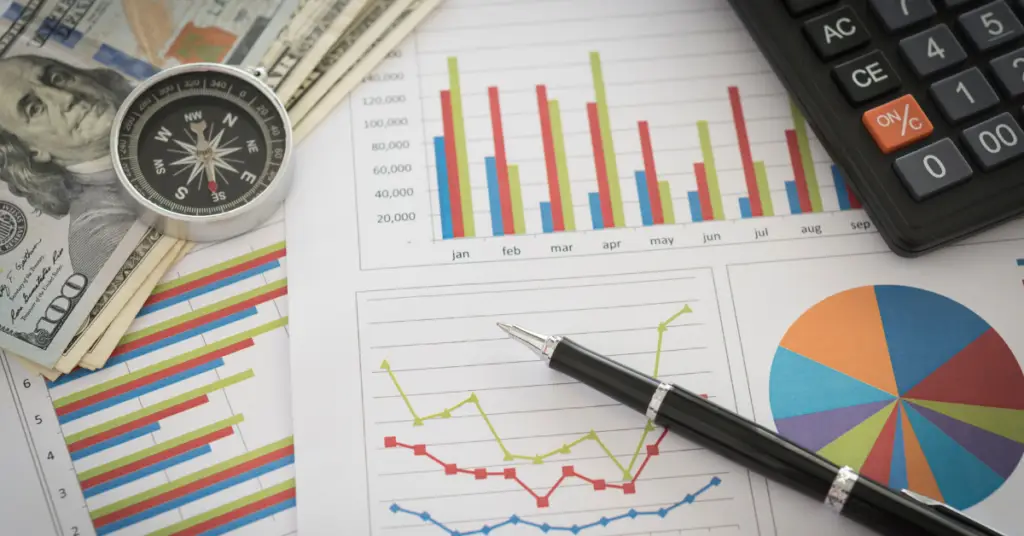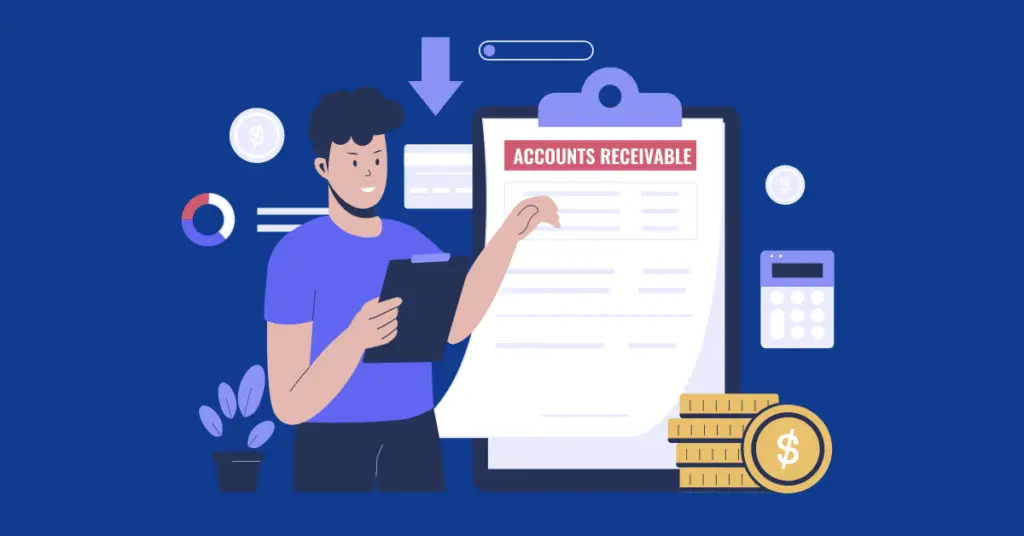Accounts receivable forecasting is an essential aspect of financial planning for businesses. It allows companies to estimate the amount of money they will receive from customers over a certain period, helping them manage cash flow and make informed decisions. Forecasting accounts receivables helps in identifying trends, predicting cash inflows, and improving the accuracy of financial projections.
In this blog, we will discuss what accounts receivable forecasting is, why it’s important for businesses, the steps involved in the forecasting process, and the tools that can assist you in making accurate forecasts. By the end, you will have a solid understanding of how to predict and manage your accounts receivables effectively. We’ll be discussing:
- What is Accounts Receivable Forecasting?
- Why Should You Forecast Accounts Receivable?
- Steps for Forecasting Accounts Receivable
- Tools for Forecasting Accounts Receivable
What is Accounts Receivable Forecasting?

Accounts receivable forecasting is the process of estimating the amount of money a company expects to receive from customers who have purchased goods or services on credit. This forecast is essential for businesses that rely on credit sales because it directly affects cash flow, budgeting, and financial planning.
When businesses sell on credit, there’s typically a gap between the sale and the receipt of payment. During this period, the outstanding amount is considered accounts receivable. By forecasting these receivables, businesses can predict when they will receive payments, allowing them to plan for expenses, investments, and other financial commitments. Without accurate forecasting, businesses risk running into cash flow issues that could disrupt operations.
Why Should You Forecast Accounts Receivable?
There are several reasons why businesses should forecast accounts receivable, each tied to better financial management and operational efficiency:
1. Improve Cash Flow Management
One of the primary reasons for forecasting accounts receivable is to improve cash flow management. Knowing when payments are expected allows a company to ensure it has enough cash on hand to cover operational expenses like payroll, rent, and supplier payments. Without an accurate forecast, businesses may face cash flow gaps, which could lead to borrowing or delaying essential payments.
2. Accurate Budgeting
Accounts receivable forecasting provides insight into expected revenues, which helps businesses create more accurate budgets. By predicting future cash inflows, companies can allocate funds for various projects, investments, and operational needs with greater confidence.
3. Reduce Bad Debt
Forecasting accounts receivable can help businesses identify potential risks of non-payment early. By tracking customer payment patterns and analyzing historical data, businesses can adjust their credit policies and take proactive steps to avoid bad debts or overdue payments. This can reduce the overall amount of uncollectible receivables.
4. Better Decision-Making
Businesses make strategic decisions based on their financial projections. Forecasting accounts receivable gives decision-makers an overview of expected revenue, helping them decide when to reinvest in the business, take on new projects, or even secure financing. Having a clear picture of future cash flow helps make informed, confident decisions.
5. Identify Trends and Adjust Credit Policies
Through regular accounts receivable forecasting, businesses can detect trends in customer payment behavior. If certain customers are regularly late in paying, or if a particular product line has a higher rate of receivables, businesses can adjust their credit terms, payment policies, or even customer relationships accordingly.
Steps for Forecasting Accounts Receivable

Accurately forecasting accounts receivable involves a few systematic steps. These steps are essential for developing reliable forecasts that help businesses maintain financial stability.
1. Analyze Historical Data
The first step is to review your company’s historical accounts receivable data. Look at patterns in customer payment behavior, including average payment times, invoice cycles, and any seasonal fluctuations. This data will serve as the foundation for predicting future receivables. By examining past trends, you can determine customers’ average days to pay and identify outliers.
2. Segment Your Customers
Not all customers have the same payment habits. Some customers pay on time consistently, while others delay frequently. Segment your customer base based on payment behavior, industry, or contract terms. This allows you to create more tailored and accurate forecasts for different segments.
3. Consider External Factors
While historical data is valuable, external factors such as changes in the economy, industry trends, or even regulatory changes can impact customer payment behaviors. For example, a downturn in the economy might lead to longer payment cycles for some customers. Incorporate these factors into your forecasting model to improve accuracy.
4. Create a Forecasting Model
Once you’ve gathered historical data and segmented your customers, create a forecasting model that estimates future accounts receivables. This model could be based on simple averages, percentages, or more complex statistical methods like regression analysis. The model should allow you to adjust for changes in sales volume, customer behavior, and market conditions.
5. Review and Adjust Regularly
Forecasts should not be static. Periodically review and adjust your accounts receivable forecasts based on actual data and changing circumstances. Regular adjustments will help improve the accuracy of your forecasts and ensure your business maintains healthy cash flow.
Tools for Forecasting Accounts Receivable

Several tools and software solutions can simplify the accounts receivable forecasting process. These tools help automate data analysis, make forecasts more accurate, and provide real-time insights. Here are some popular tools to consider:
1. Accounting Software
Most accounting software, such as QuickBooks, Xero, or FreshBooks, comes with features that allow businesses to track accounts receivable, analyze customer payment patterns, and generate forecasts. These tools are user-friendly and offer integrations with other business systems.
2. Enterprise Resource Planning (ERP) Systems
ERP systems like SAP, Oracle, and Microsoft Dynamics provide comprehensive tools for managing financial operations, including accounts receivable forecasting. These systems offer advanced analytics and reporting features that allow businesses to generate highly accurate forecasts based on real-time data.
3. Cash Flow Forecasting Software
There are dedicated cash flow forecasting tools like Float and Pulse that specifically focus on forecasting cash inflows and outflows, including accounts receivables. These platforms help businesses predict when they will receive payments and provide visual dashboards for better financial management.
4. Spreadsheets
For businesses that prefer a more manual approach, spreadsheets like Microsoft Excel or Google Sheets can be used to create customized accounts receivable forecasts. While this method requires more effort, it offers full control over the forecasting model. Businesses can develop formulas and macros that calculate accounts receivables based on historical data and current trends.
Conclusion
Forecasting accounts receivable is a critical practice for businesses that want to manage their cash flow, optimize their credit policies, and make informed financial decisions. By understanding how much revenue will be coming in and when companies can plan for future expenses and avoid cash flow gaps that could impact operations.
To successfully forecast accounts receivable, businesses should analyze historical data, consider external factors, segment customers, and use appropriate tools. Regularly updating forecasts ensures they remain accurate and useful for financial planning. Whether using simple spreadsheets or advanced software, forecasting accounts receivable helps businesses maintain financial stability and prepare for growth.
Related Content






